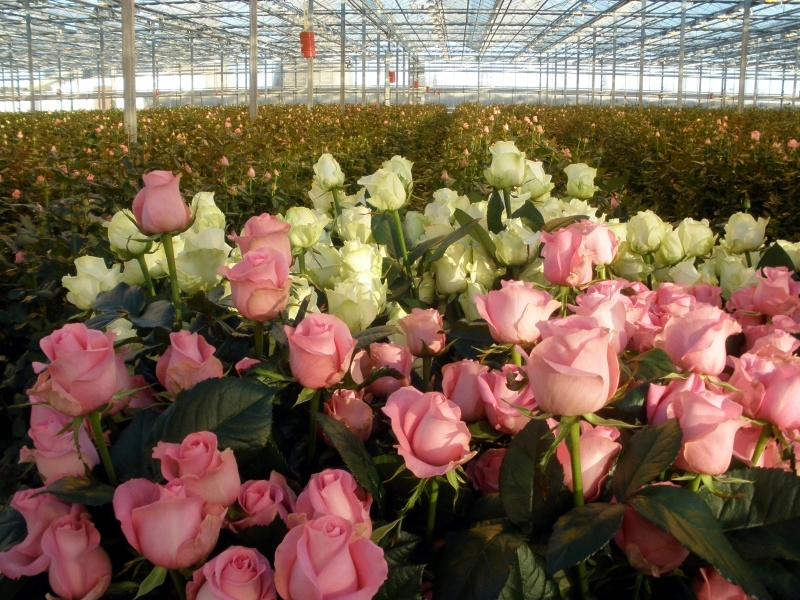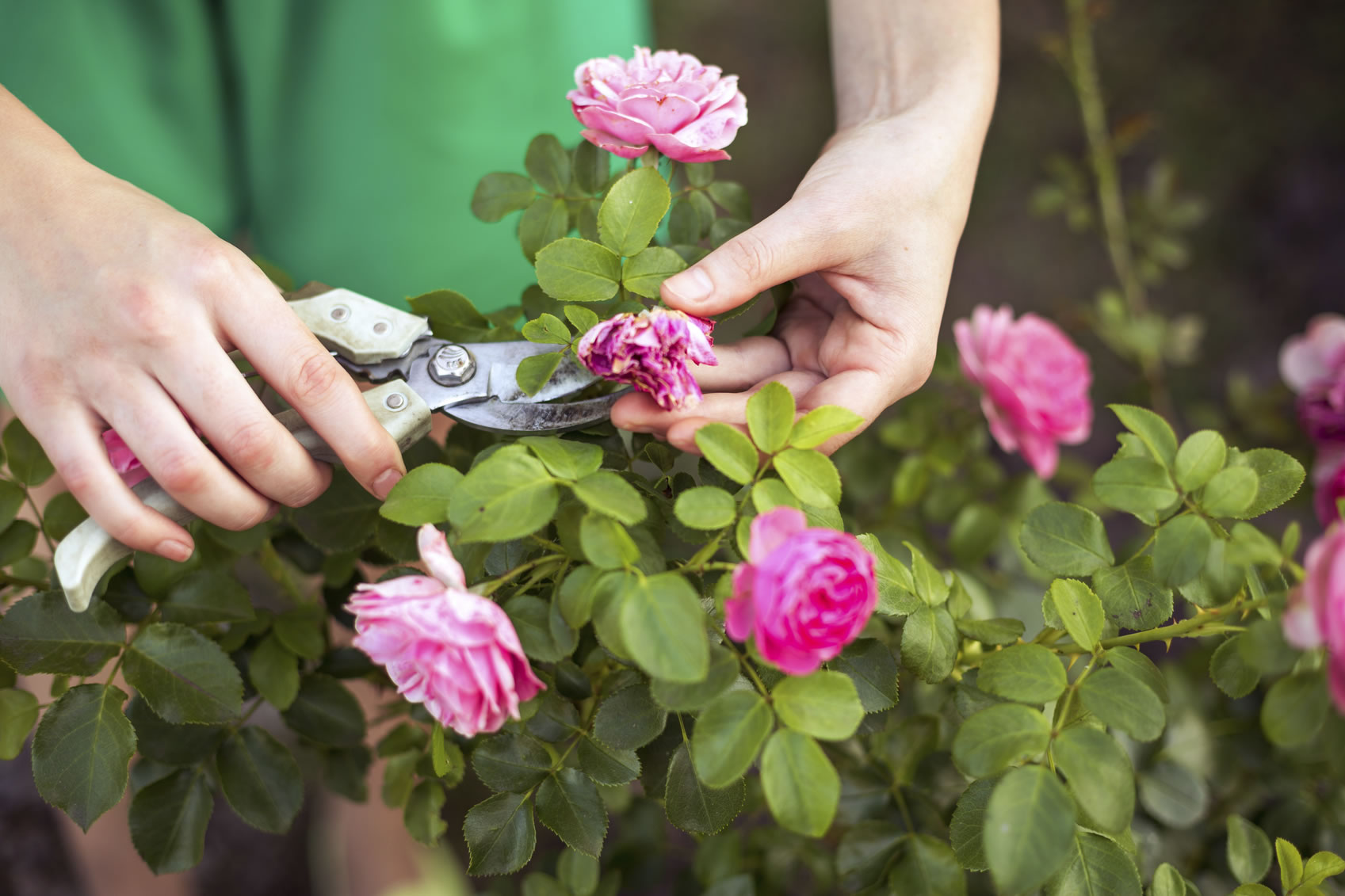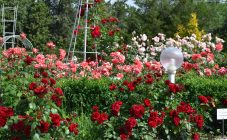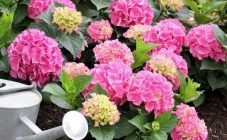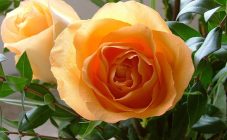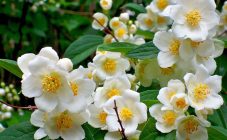Content:
The rose has long occupied one of the main places on the flower pedestal. Breeders have bred many of its varieties and hybrids, and each rose grower can choose a flower depending on his preferences.
Growing up for beginners
When buying, you need to pay attention to the appearance of the plant. It should be as follows:
- the seedling should have 2-3 shoots with 2-4 internodes;
- on a healthy plant, branches are green, large, elastic;
- leaves should be rich in color, without spots and damage;
- the roots of a healthy rose have small branches.
Before planting, it is necessary to prepare the seedling: the root system is dipped in a bucket of water for several hours, then too long roots and shoots are cut. The hole is dug out in size 2 times larger than the volume of the roots. The soil should be fertile, loose, permeable.
The planting site in the garden is chosen sunny, well-ventilated. The distance between the seedlings is determined by the florist independently, it depends on which group the rose belongs to (compact ones are planted at a distance of 50 cm, bushy ones - up to 1.2 m).
Growing by the seasons
The rose is planted from early spring to late autumn. If it was planted last year, it must be unmocked, removed from the shelter, cut off shoots to 2-3 living buds, fertilized with organic matter, sprayed with a fungicide solution to prevent diseases.
Caring for roses after flowering in the summer consists in watering, loosening, fertilizing the soil, pruning. If necessary, the flower is sprayed with antifungal drugs, insecticides.
In the fall, feeding is stopped, the tops are pinched so that the shoots become lignified, prepare for wintering. After the onset of frost, the rosette is spud, covered with burlap, shields. Winter care consists in examining the bushes, protecting them from rodents, and covering them with snow.
Care after the first flowering for roses
June is the beginning of flowering roses. The further development of the bushes depends on how they were taken care of. To prevent the plant from spending energy on tying the seed pod, wilted buds are removed. At the same time, you can start propagating the bushes by cuttings.
In the early summer period, the rose has tender, young leaves and stems, so they can be attacked by various insects. The bushes are sprayed with a solution of any insecticide.
In June, watering and loosening of the soil are regularly carried out. It is necessary to take care of overgrown bushes: they need to be tied to supports. At this time, shoots appear on the grafted roses, which must be cut out.
Caring for roses after flowering in summer
July is the period of active flowering of most varieties of roses. After they have bloomed, it is necessary to remove the branches up to the bud located in the axil of the first five-leafed leaf. After a while, a young, flowering shoot will develop from this bud. In July, watering continues, loosening the soil, and hilling bushes.
If the plant shows signs of disease, it is sprayed with a fungicide; pests that appear are destroyed by insecticides.By the end of July, the plantings are watered with fertilizers, consisting primarily of potassium and phosphorus.
Professional advice
Experienced gardeners give some recommendations for caring for roses:
- To stimulate the development of young shoots, it is necessary to cut off faded flowers and brushes.
- It is better to water the roses less often, but more abundantly than more often and little by little.
- Top dressing is one of the main factors in growing a beautiful bush. The earth is first spilled with water, only then with a fertilizer solution.
- In the first year of life, the seedlings are not fed.
Knowing how to properly care for roses after flowering, and applying their knowledge in practice, the gardener will enjoy the bright, abundant, long flowering of the plant for many years at home.
